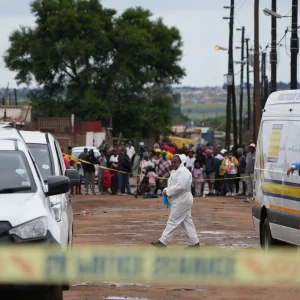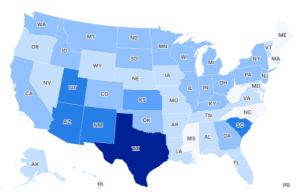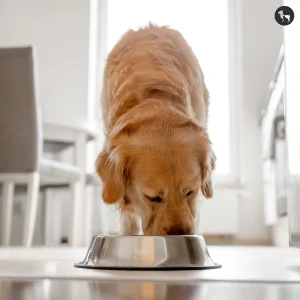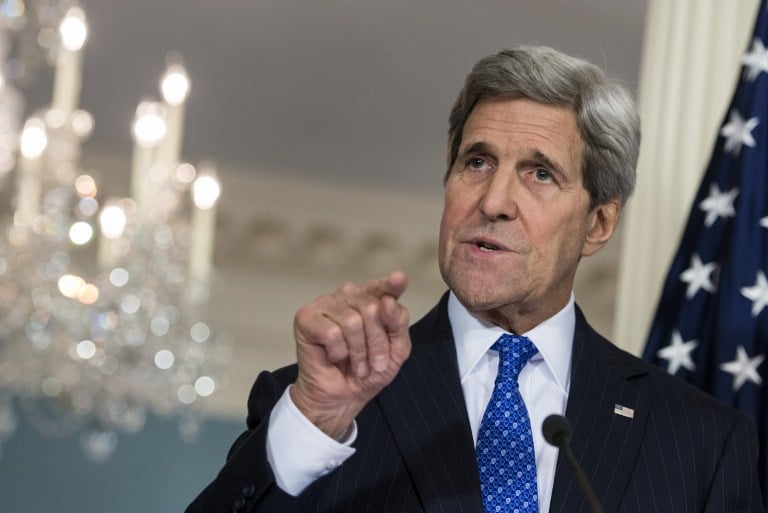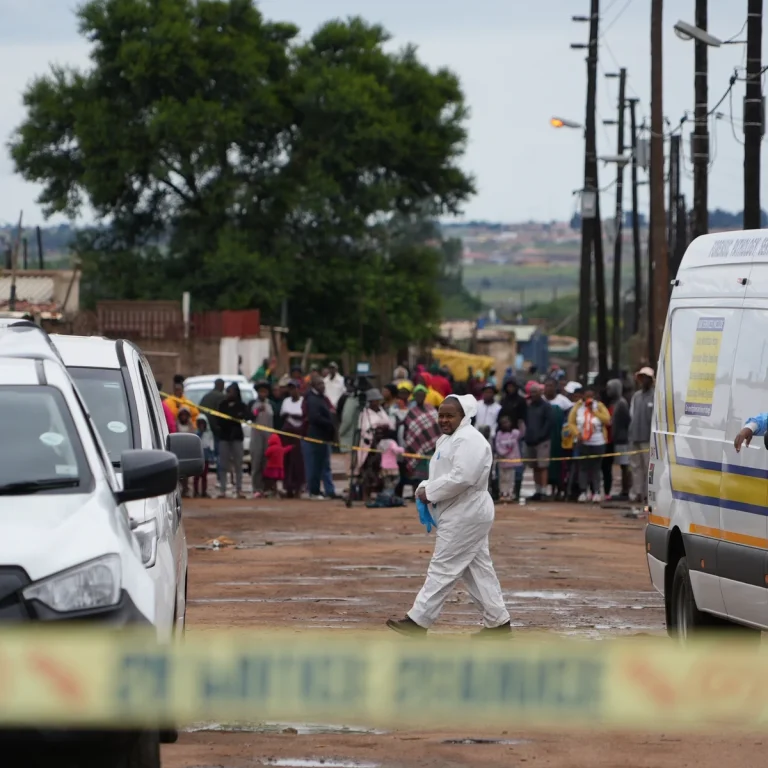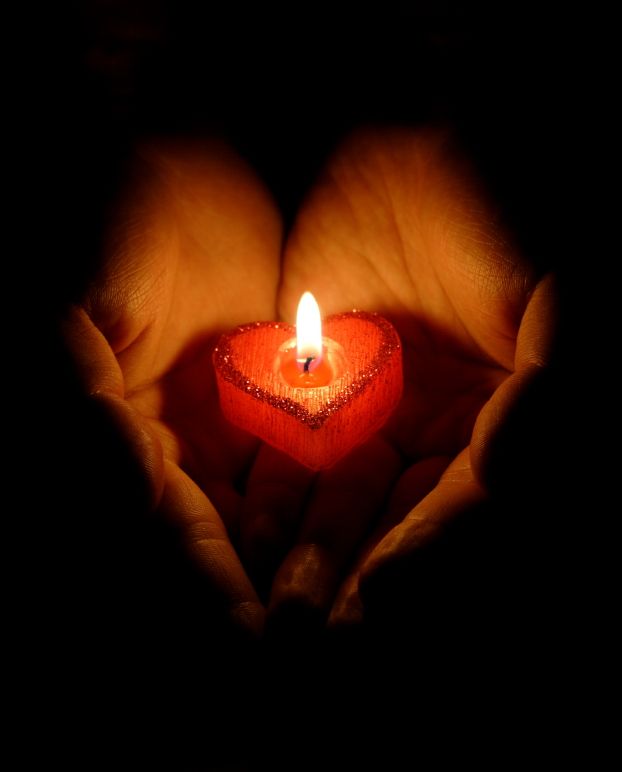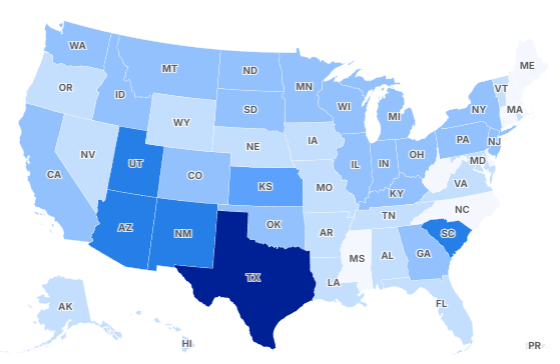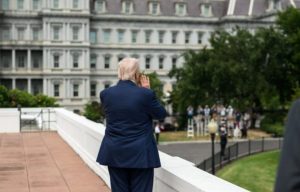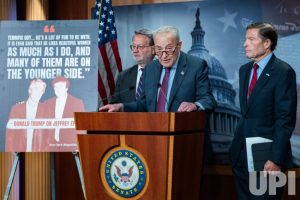Beacon Hill. Cobblestone streets, historic townhouses, and a median home price pushing $2.3 million. But beneath the beauty of one of Boston’s wealthiest enclaves, residents are sounding the alarm about something far more troubling than real estate values or parking permits.
Over the past year, residents say a dangerous shift has occurred—and the silence from leadership is only fueling frustration.
At a Boston City Council meeting in late 2024, longtime Beacon Hill resident Katherine Kennedy didn’t hold back. “Prior to this year, I’ve never seen the Boston Common, Cambridge Street or the Esplanade get this overrun with drug paraphernalia or folks in crisis,” she said.
That crisis is visible. Every day. On every block.
Kennedy is a mother of two. What she carries with her now is telling: not just snacks or toys—but a sharps container in her diaper bag. She said she routinely picks up used needles left on sidewalks during her morning walk to her child’s school.
“I pass discarded needles as I walk my 5-year-old to her public school every day,” she told local news outlets. “Having to keep needles away from my kids as I walk them to preschool is unacceptable.”
It’s a powerful statement—but she’s not alone.
Reports from the Boston Public Health Commission confirm that between 2020 and 2022, the neighborhoods of Beacon Hill, Back Bay, the North End, and the West End saw a 47.1% increase in drug-related mortality compared to pre-pandemic levels. The numbers are not just climbing—they’re spiking.
And the crisis goes beyond overdoses.
According to Boston Police data, there’s been an 8% rise in thefts in the Beacon Hill area this year compared to the five-year average. Residents describe an uptick in break-ins, public drug use, and erratic behavior near schools and public parks.
The city’s response? Controversial and deeply divided.
Mayor Michelle Wu, a Democrat, has leaned into harm-reduction strategies. Her administration supports needle exchange programs and has distributed free pipes to users of crack and methamphetamine. The mayor claims these measures help prevent the spread of communicable diseases and reduce long-term healthcare burdens.
“Every step that we take has to also be about immediately saving lives,” she said in 2022, defending the programs’ intentions.
But critics say the city is failing to address the root of the problem.
“Boston and the surrounding region is not doing enough to actually disrupt the cycle of addiction that has led to this crisis,” Kennedy argued.
Others agree—and they’re beginning to speak out more publicly.
Robert Charles, a former assistant secretary of the U.S. State Department’s Bureau of International Narcotics and Law Enforcement Affairs, issued a stark warning. Now a gubernatorial candidate in Maine, Charles described what he sees as a “sequence of events” that cities across America are facing.
“You get dramatic increases in the drug presence… if the political leadership and law enforcement either don’t have the resources or don’t have the political will, you gradually see an increase in the drug trafficking itself and, of course, in overdoses.”
Charles also pointed out a link between drug use and other crimes. “Something like 80% of all domestic abuse is tied to polydrug use,” he said.
As the situation unfolds, residents continue to push for action. But so far, the city has not indicated any major policy shift.
In a neighborhood once defined by quiet wealth, safety, and old-world charm, the mood has changed. Residents now live with daily reminders of a deepening public health and safety issue. And while officials tout progress and compassion, many wonder if the reality on the ground matches the rhetoric.
For now, Beacon Hill remains caught in a debate that cities nationwide are struggling with: how to balance compassion with enforcement, harm reduction with prevention, and neighborhood safety with public health policy.
The needles are real. The fear is growing. And the question remains—will anyone truly step in?

Emily Johnson is a critically acclaimed essayist and novelist known for her thought-provoking works centered on feminism, women’s rights, and modern relationships. Born and raised in Portland, Oregon, Emily grew up with a deep love of books, often spending her afternoons at her local library. She went on to study literature and gender studies at UCLA, where she became deeply involved in activism and began publishing essays in campus journals. Her debut essay collection, Voices Unbound, struck a chord with readers nationwide for its fearless exploration of gender dynamics, identity, and the challenges faced by women in contemporary society. Emily later transitioned into fiction, writing novels that balance compelling storytelling with social commentary. Her protagonists are often strong, multidimensional women navigating love, ambition, and the struggles of everyday life, making her a favorite among readers who crave authentic, relatable narratives. Critics praise her ability to merge personal intimacy with universal themes. Off the page, Emily is an advocate for women in publishing, leading workshops that encourage young female writers to embrace their voices. She lives in Seattle with her partner and two rescue cats, where she continues to write, teach, and inspire a new generation of storytellers.
